6 branding tips from a customer’s perspective.
CUSTOMER FEEDBACK BOX
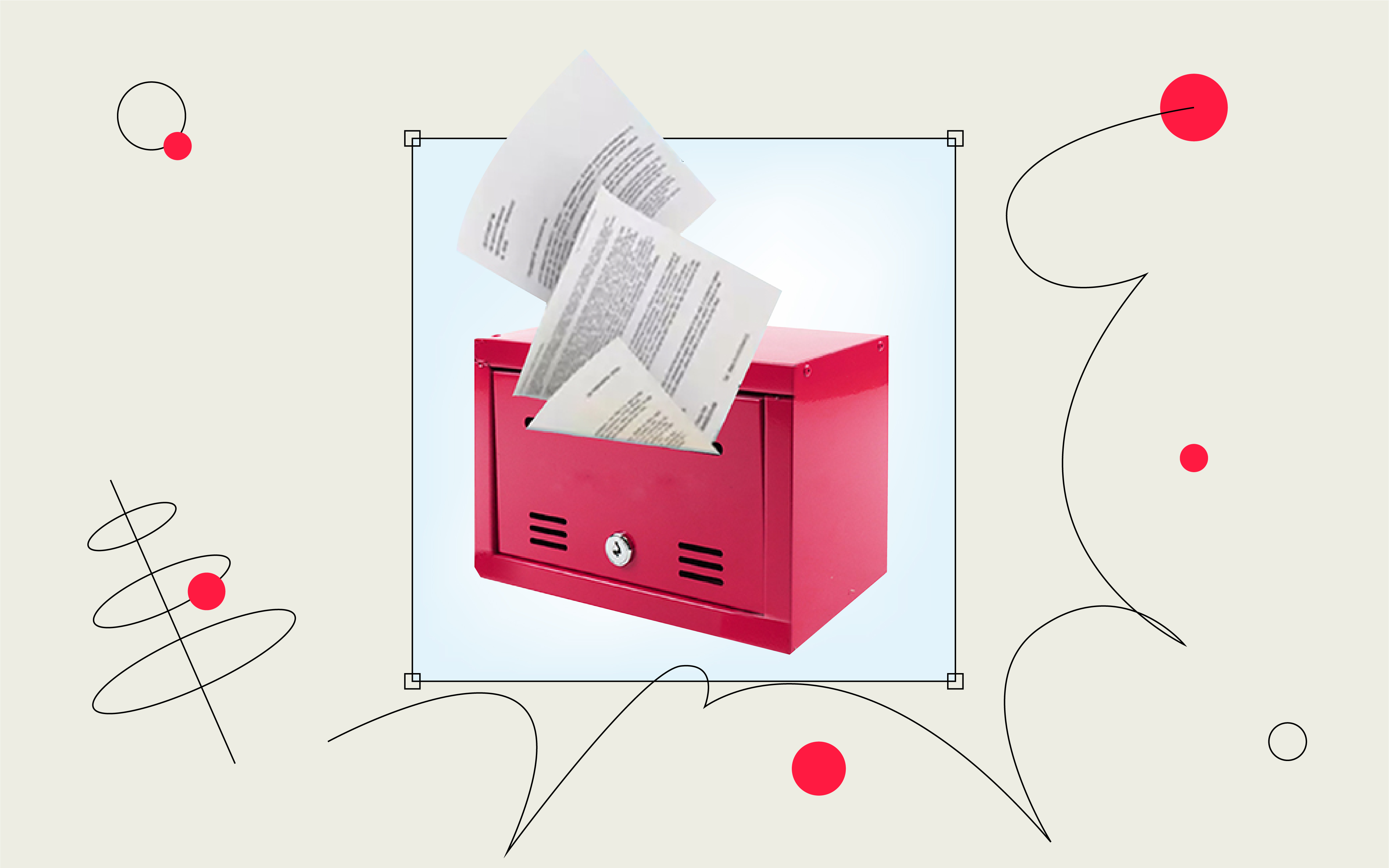
©Somewhere Else
Dear local brands,
We loved working with some of you in 2020. We hope to do much more for you in 2021!
To those whom we didn’t get a chance to work with, we’d like to share our perspective as customers:
Over the past year, we’ve noticed a few trends in the customer landscape, that represent huge opportunities for those who can act on them quickly. Some of these won’t be easy to hear, especially for local brands who have played it pretty safe so far. But with global events causing so much uncertainty, why not take your cue from customers instead?

1) Customers are sick of apps
Everything is online these days. Given the events of 2020, the push for digitalisation is stronger than ever. But too many businesses think of digitalisation as “Let’s make an app”, or “Let’s own a platform”.
App fatigue is real. There’s no real reason for anyone to further clutter their phone, just to patronise your business or use your product. After all, apps are solutions to problems. If the problem is that a customer cannot use/purchase your product without the app, then the best solution is for them to purchase a similar product from your competitor, who does not require them to download an app.
Instead of app development as a digitalisation move, consider how your app might improve the customer experience. What actual value are you adding to the purchase process or product experience? (Hint: Added convenience is not the answer) Always remember that with app downloads, member registrations, and e-commerce logins: you’re really asking the customer to put in effort on your behalf. Please give them an irresistible reason to do so.
App fatigue is real. There’s no real reason for anyone to further clutter their phone, just to patronise your business or use your product. After all, apps are solutions to problems. If the problem is that a customer cannot use/purchase your product without the app, then the best solution is for them to purchase a similar product from your competitor, who does not require them to download an app.
Instead of app development as a digitalisation move, consider how your app might improve the customer experience. What actual value are you adding to the purchase process or product experience? (Hint: Added convenience is not the answer) Always remember that with app downloads, member registrations, and e-commerce logins: you’re really asking the customer to put in effort on your behalf. Please give them an irresistible reason to do so.

2) Customers can’t differentiate you from all the other “masstige” brands
Masstige brands try to occupy that Goldilocks spot: an almost-prestige price point, with almost-mass appeal. If you find yourself describing your brand as “We’re for everyone who’s willing to pay a slight premium for slightly better quality”, or “We’re an aspirational brand”, chances are, you’re playing the masstige game. Some brands do it well, but safely claiming this middle ground is hard.
The middle ground almost always guarantees that you’re average and forgettable. You’ll automatically be compared to products that are even a little cheaper or better. On top of that, giving people a higher-priced product or service to aspire toward is an outdated and depressing concept that’s quickly falling out of favour.
Instead, think about how you can offer enjoyment, fulfilment, and connection in this current moment. Can you justify a higher price point by providing a satisfying interaction? Or is your product/service just an empty capitalistic reward for people who work their asses off for 60 hours a week?
The middle ground almost always guarantees that you’re average and forgettable. You’ll automatically be compared to products that are even a little cheaper or better. On top of that, giving people a higher-priced product or service to aspire toward is an outdated and depressing concept that’s quickly falling out of favour.
Instead, think about how you can offer enjoyment, fulfilment, and connection in this current moment. Can you justify a higher price point by providing a satisfying interaction? Or is your product/service just an empty capitalistic reward for people who work their asses off for 60 hours a week?
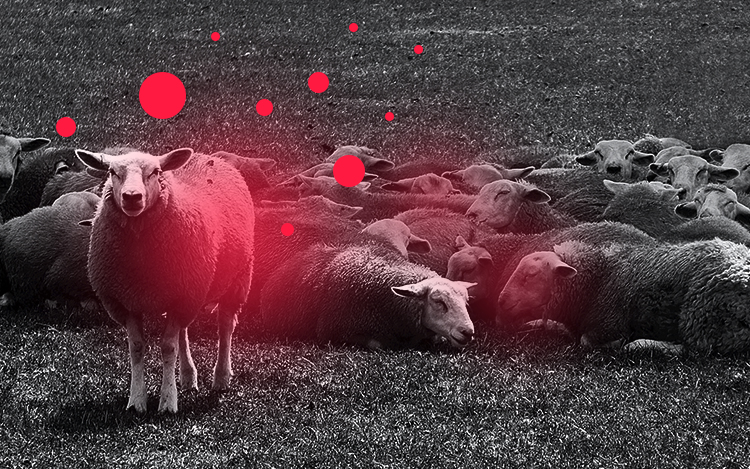
As mentioned above, mass appeal is tricky and fleeting. It requires you to occupy a constantly shifting middle ground of popular sentiment— which makes you instantly bland and vulnerable to external events. Instead of adapting yourself to fit a local mass market, why not seek out like-minded niches globally?
By clearly defining your niche, you present a stronger front. Decisions about your visual identity, tone of voice, brand actions, and product range all become natural and sincere. By only catering to a select segment of customers with common interests, needs, and abilities, your entire brand comes together as a comprehensive whole.
By clearly defining your niche, you present a stronger front. Decisions about your visual identity, tone of voice, brand actions, and product range all become natural and sincere. By only catering to a select segment of customers with common interests, needs, and abilities, your entire brand comes together as a comprehensive whole.
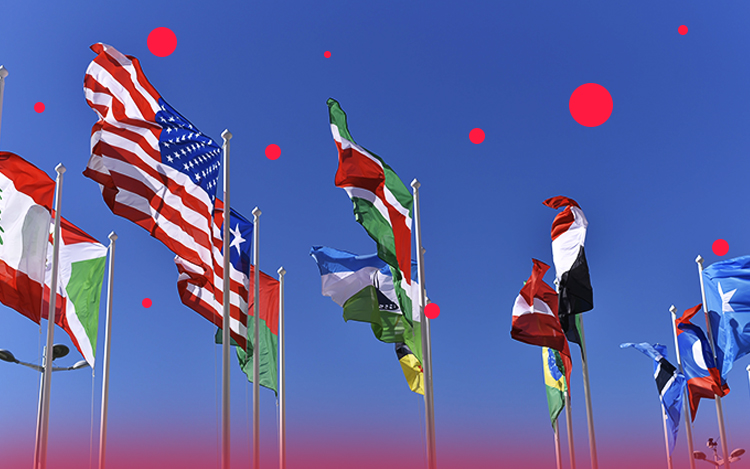
4) Customers are everywhere
Braver local businesses must expand overseas, especially those who have a strong niche. It’s no secret that Singapore is small, and even smaller for those who cater to specific tastes. By expanding your psychographic segment to include customers beyond our shores, your audience size grows. Online channels easily bring the world to your doorstep, but how can local brands gain traction in foreign markets?
If you’ve been catering exclusively to a local audience, adapting for foreign markets might be challenging. Singaporean brands would need to identify the common problem shared by both markets, that you alone can solve. Assess the Brand Personality that you project— does it make sense to a foreign market? Is it strong enough to stand out in a different environment?
If you’ve been catering exclusively to a local audience, adapting for foreign markets might be challenging. Singaporean brands would need to identify the common problem shared by both markets, that you alone can solve. Assess the Brand Personality that you project— does it make sense to a foreign market? Is it strong enough to stand out in a different environment?
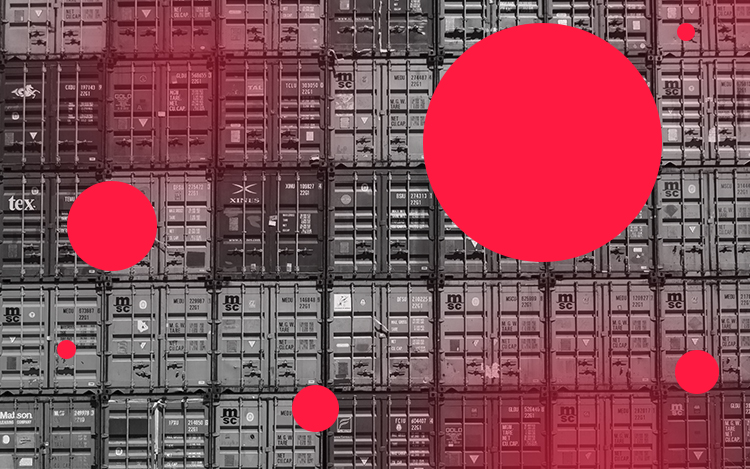
5) Customers expect more than white label dropshipping
We’ve all suffered through the obnoxious ads about how “so-and-so made a fortune drop shipping, and you can do it too!” How easy it is to start. How simple it is to turn a profit. What those ads don’t tell you is how untrustworthy these products look to a customer on an e-commerce platform. With multiple clones of the same exact product, each with a slightly different label pasted on— the shopping experience becomes one of price-comparison and risk-minimisation. Despite what the ads say, competition is tough.
Brands that have actually flourished from a dropshipping start all have one thing in common. They added value. By incorporating extra services, thoughtful redesigns, or using the dropship model to support a distinct brand vision, local entrepreneurs can stand out from the crowd.
Brands that have actually flourished from a dropshipping start all have one thing in common. They added value. By incorporating extra services, thoughtful redesigns, or using the dropship model to support a distinct brand vision, local entrepreneurs can stand out from the crowd.
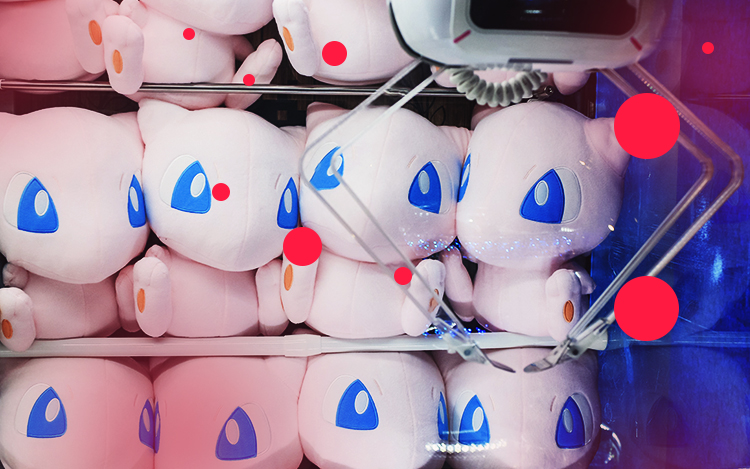
6) Customers won’t pick you for your Brand Identity
Even at the end of 2020, many local businesses still think of Brand Identity as nice visuals and a mission statement. But today’s customers aren’t picking you just for your looks, and they aren’t reading your About Us page. With so many brands clamouring for attention, Brand Identity is not enough. Local businesses must evolve to think about Brand Personality.
Brands are now judged the way people are judged: by their personalities, actions, and how they make you feel. Your Brand Personality must be distinct, appealing, and singular. Your look, sound, product, service, and actions as a brand must be cohesive with the overall Brand Personality. Anything less, and a modern customer will go elsewhere.
We all know that actions speak louder than words. For some inspiration on what constitutes “brand actions”, look no further than Lego and Allbirds, who went beyond lip service to take a stand authentically.
Customers are getting smarter. Got all the right keywords in your mission statement? It means nothing if the experience doesn’t match up. Got a really unique look? Not enough, if your product is mediocre.
Show, don’t tell — and give customers a reason to keep picking you, over and over again.
Sincerely,
Team Somewhere Else
Somewhere Else would like to thank everyone we worked with this year. We learned so much from you in this trying time, and hope you had as good an experience on the various projects as we did! Let’s all keep doing our best to build up local businesses and advocate for our customers… Happy New Year!
Brands are now judged the way people are judged: by their personalities, actions, and how they make you feel. Your Brand Personality must be distinct, appealing, and singular. Your look, sound, product, service, and actions as a brand must be cohesive with the overall Brand Personality. Anything less, and a modern customer will go elsewhere.
We all know that actions speak louder than words. For some inspiration on what constitutes “brand actions”, look no further than Lego and Allbirds, who went beyond lip service to take a stand authentically.
Customers are getting smarter. Got all the right keywords in your mission statement? It means nothing if the experience doesn’t match up. Got a really unique look? Not enough, if your product is mediocre.
Show, don’t tell — and give customers a reason to keep picking you, over and over again.
Sincerely,
Team Somewhere Else
Somewhere Else would like to thank everyone we worked with this year. We learned so much from you in this trying time, and hope you had as good an experience on the various projects as we did! Let’s all keep doing our best to build up local businesses and advocate for our customers… Happy New Year!
Interested in what else we did this year? Check out our Projects!
projects︎Or, see what our clients had to say about us in Heart2Heart!
READ MORE︎Or, see what our clients had to say about us in Heart2Heart!




